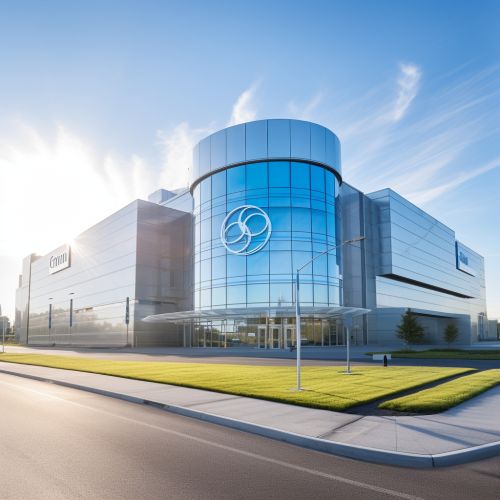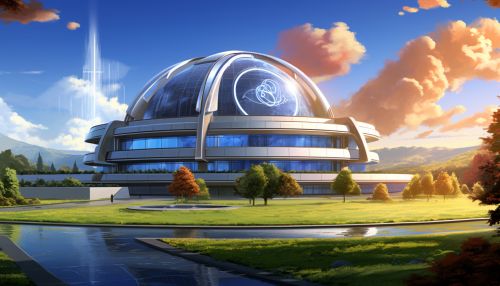CERN
Introduction
The European Organization for Nuclear Research, known as CERN, is a European research organization that operates the largest particle physics laboratory in the world. Established in 1954, the organization is based in a northwest suburb of Geneva on the Franco–Swiss border and has 23 member states.
History
CERN was established in 1954 by 12 European governments. The acronym CERN originally represented the French words for Conseil Européen pour la Recherche Nucléaire (European Council for Nuclear Research), which was a provisional council for building the laboratory, established by 12 European governments in 1952. The acronym was retained for the new laboratory after the provisional council was dissolved, even though the name changed to the current Organisation Européenne pour la Recherche Nucléaire (European Organization for Nuclear Research) in 1954.


Research and Discoveries
CERN's main function is to provide the particle accelerators and other infrastructure needed for high-energy physics research. Numerous experiments have been constructed at CERN through international collaborations. The laboratory is best known for its research using the Large Hadron Collider (LHC), the world's largest and highest-energy particle collider.
CERN is also the birthplace of the World Wide Web. The main site at Meyrin hosts a large computing facility, which is primarily used to store and analyze data from experiments, as well as simulate events. Researchers need remote access to these facilities, so the lab has historically been a major hub for distributed computing and has been a vital resource in grid computing development.
Large Hadron Collider
The Large Hadron Collider (LHC) is the world's largest and highest-energy particle collider. It was built by the European Organization for Nuclear Research (CERN) between 1998 and 2008 in collaboration with over 10,000 scientists and hundreds of universities and laboratories, as well as more than a hundred countries. The LHC primarily collides proton beams, but it can also use beams of heavy ions: Lead–lead collisions and proton–lead collisions are typically done for one month per year. The aim of the LHC's detectors is to allow researchers to test the predictions of different theories of particle physics, including measuring the properties of the Higgs boson and searching for the large family of new particles predicted by supersymmetric theories, as well as other unsolved questions of physics.
Future Projects
CERN has initiated the Future Circular Collider (FCC) study as part of its long-term strategy. The FCC would be a new scientific structure aimed at exploring the post-LHC energy frontier, with the goal of reaching collision energies of 100 TeV and beyond. This would allow researchers to probe deeper into the mysteries of the universe and continue the search for new physics.
